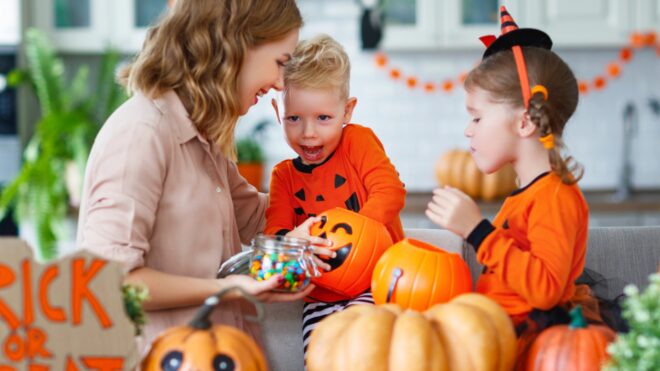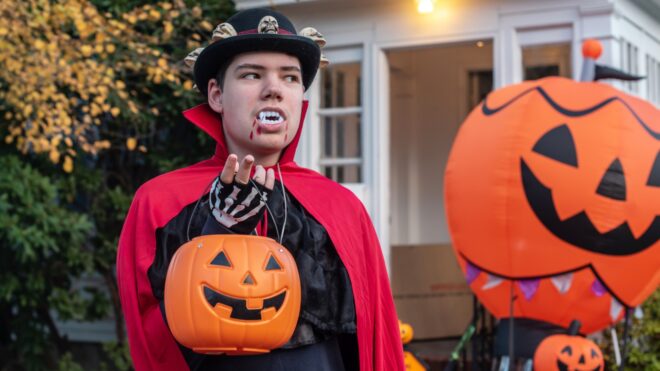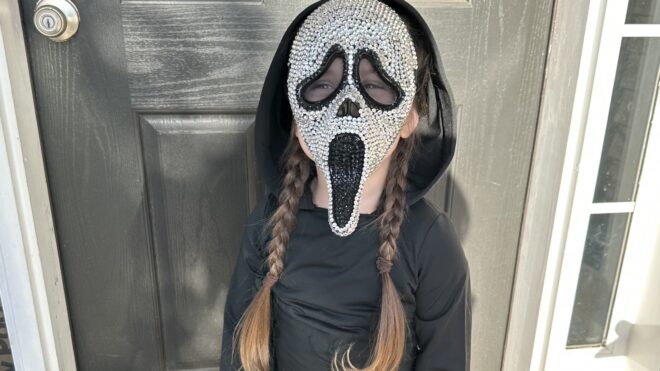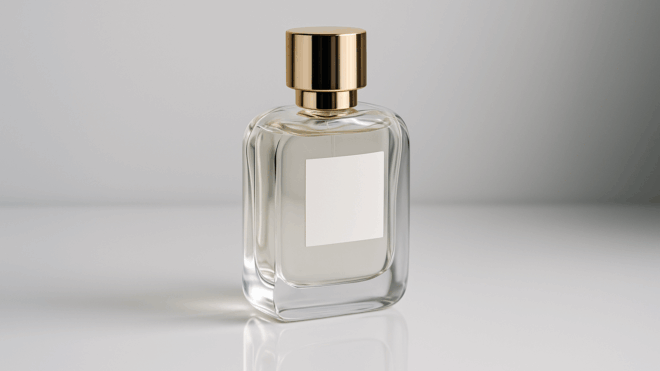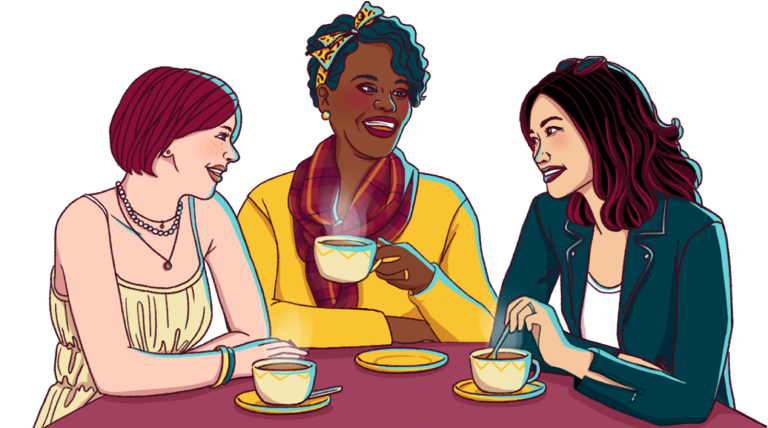
Why do we dress up for Halloween? How did carved pumpkins become so important? Are Americans the only ones who send our kids door to door looking for candy? And why does the last night in October matter so much, anyway? These are all questions we've never even thought to ask ourselves — Halloween just feels like such an age-old tradition to us, we don't even think to question it! But this year, we've tackled the mysteries behind the holiday. The myths and facts about Halloween and the ways in which we currently celebrate the holiday are rooted deeply in the past. We thought it was time to dig up some of that ancient history, so we all know exactly what we're celebrating on October 31.
One of the key elements of Halloween is wearing costumes (and we'll tell you where that tradition comes from!) so it's always good to think about how to make sure we don't continue the unfortunate Halloween tradition of culturally offensive costumes — cultural appropriation is no Halloween myth!
For anyone looking for a guide to keep the holiday happy and not inadvertently cause harm to anyone, consider checking out A Practical Guide For Not Dressing Your Kids In Horrifically Offensive Halloween Costumes. This guide can help parents figure out how to navigate issues like cultural appropriation in Halloween costumes … which can lead to some photos kids will regret later (and hurt feelings among classmates in the present). But while cultural appropriation is an unfortunate Halloween tradition we'd love to see more people avoiding, if there's one Halloween trend we can absolutely get behind, it's greater inclusivity. One excellent example of this is happening just this season — take a look at Target selling Halloween costumes for kids in wheelchairs. We are so into these cool costumes, and the fact that Target has made an effort to make sure all kids can enjoy their trick-or-treating fun. For anyone who's more into a DIY approach than a store-bought one when it comes to Halloween costumes (we love both!), try some amazingly easy Halloween costumes that start with a bed sheet, which is ideal for anyone who's short on time or cash (but has a spare sheet they're able to destroy — also often available cheaply at thrift stores).
Now, once costumes are figured out, it's time to explore more about the myths and facts of this super fun holiday!
Myth: People Put Everything From Razor Blades to LSD in Halloween Candy
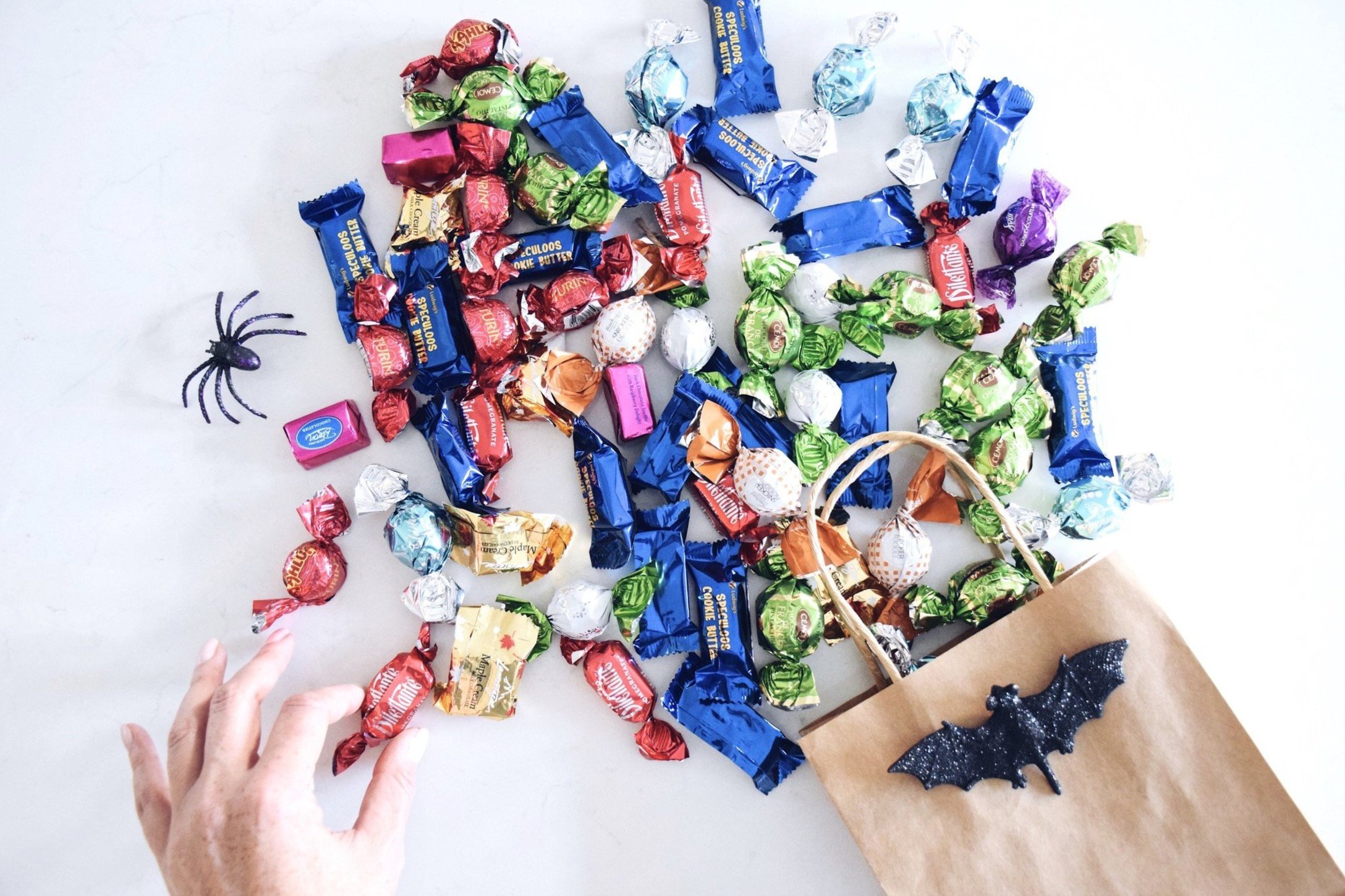
Ever since the late 1970s, people have been terrified of their kids' Halloween candy, inspecting it for poison and razor blades. Children from the 1970s to today have learned to avoid taking homemade treats like popcorn balls and candy apples, even from neighbors they knew and loved. But was this really necessary?
Fact: This Largely Never Happened, With One Chilling Exception
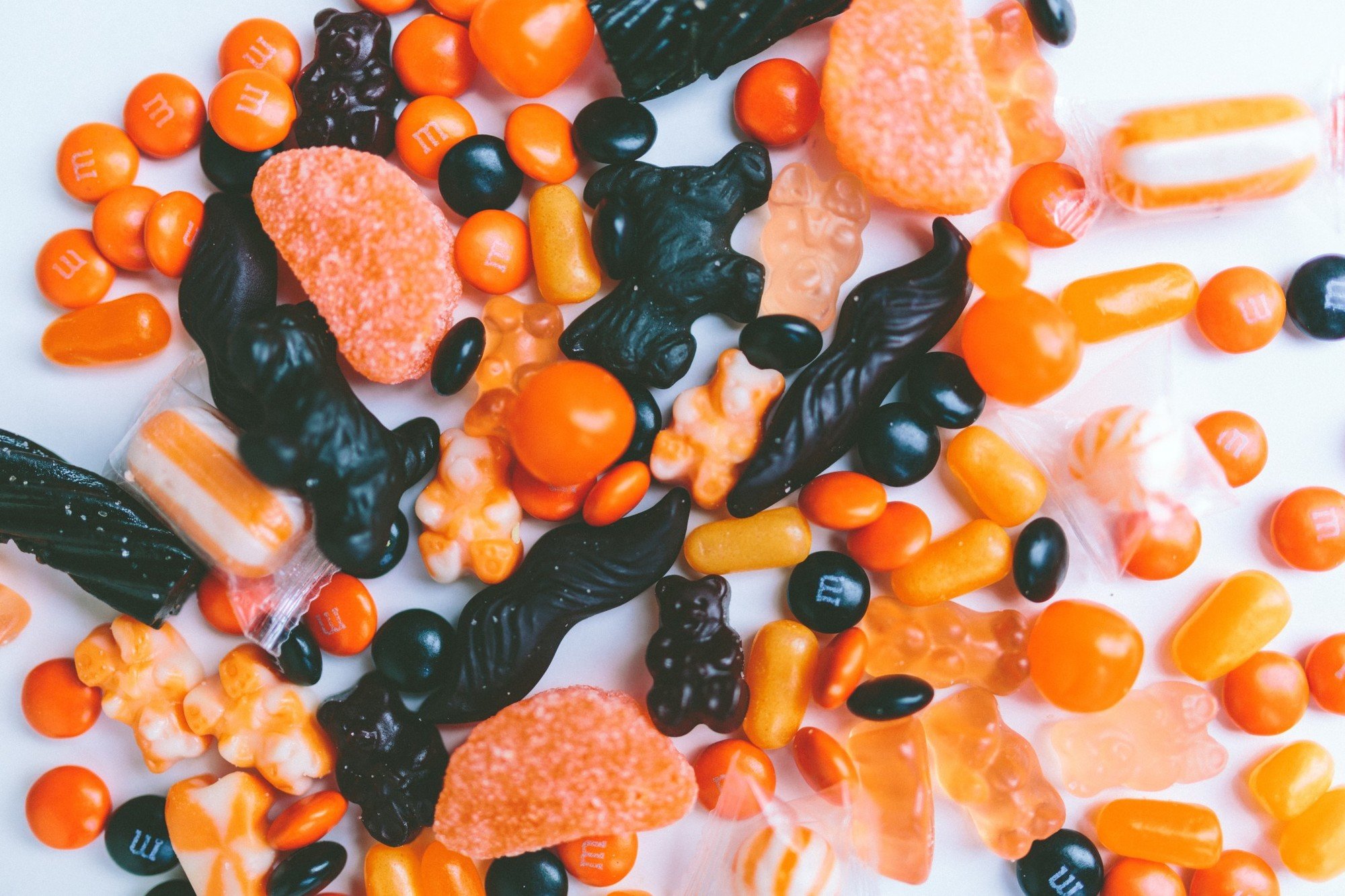
Sociologists Joel Best and Gerald T. Horiuchi wrote a researched academic paper on the subject, and it turns out that these incidents were almost entirely hoaxes. People made it up for the attention, kids put razor blades in their own candy to cause a scare, and one poor child who collapsed after trick-or-treating turned out to have a heart murmur. The exception: Ronald O'Bryan, who gave cyanide-filled Pixie sticks to five children in Texas one Halloween. However, these kids weren't strangers, they were his own 8-year-old son, Timothy, and his friends. So while going trick-or-treating has yet to be proven actually dangerous, having a murderer for a father, well, still is.
Myth: Halloween Is a Satanic Holiday
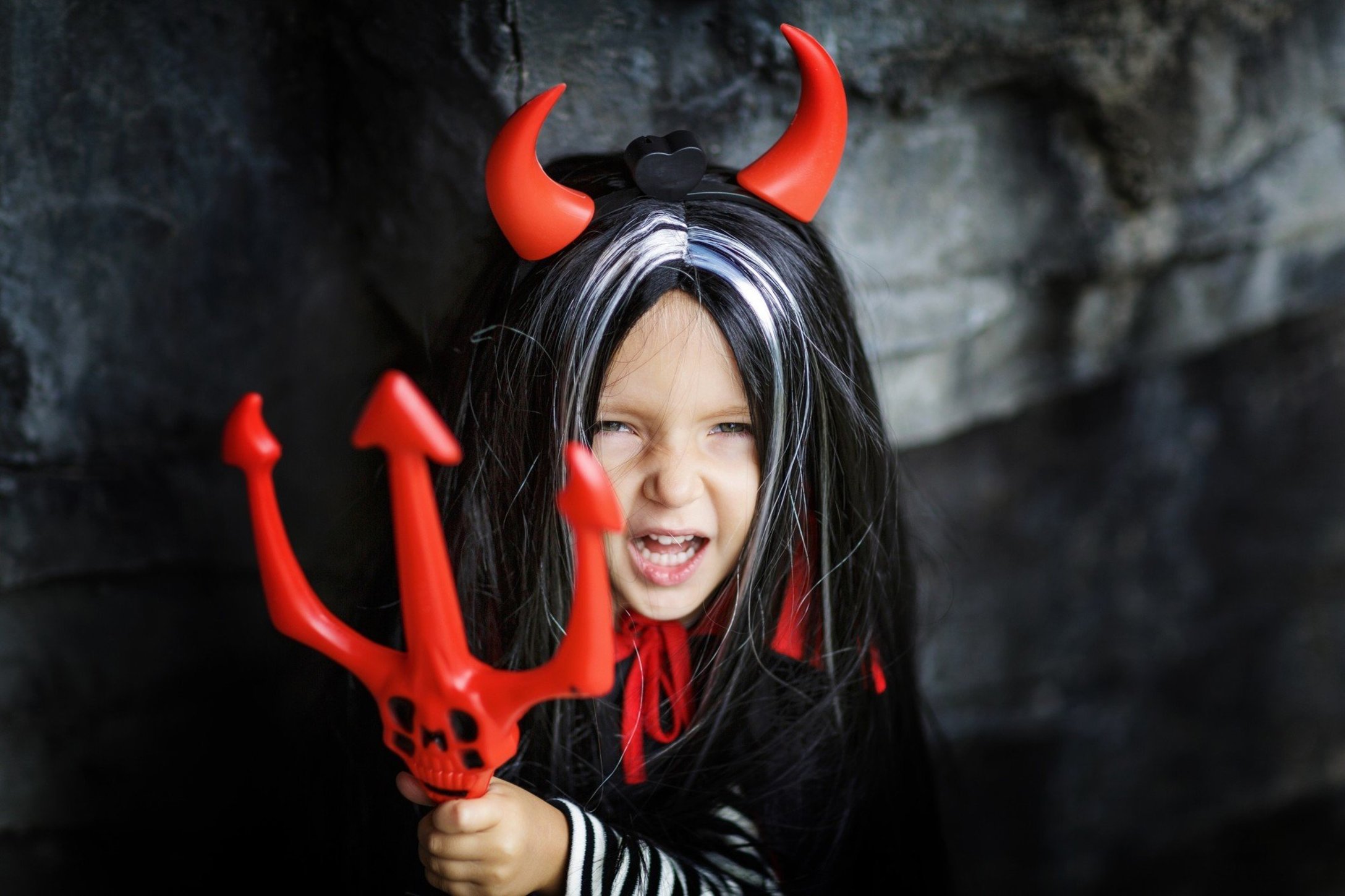
We know some people are concerned about the sacrilegious — or even satanic — associations with the holiday and some religious traditions frown on participating in Halloween at all. So, is the devil really in the Halloween details? Turns out, that's not really where the concept of Halloween stems from. The Church of Satan, in fact, says its members "embrace" the holiday but don't really feel a connection to it.
Fact: Halloween's Origins Stem From Several Religions, Including Christianity
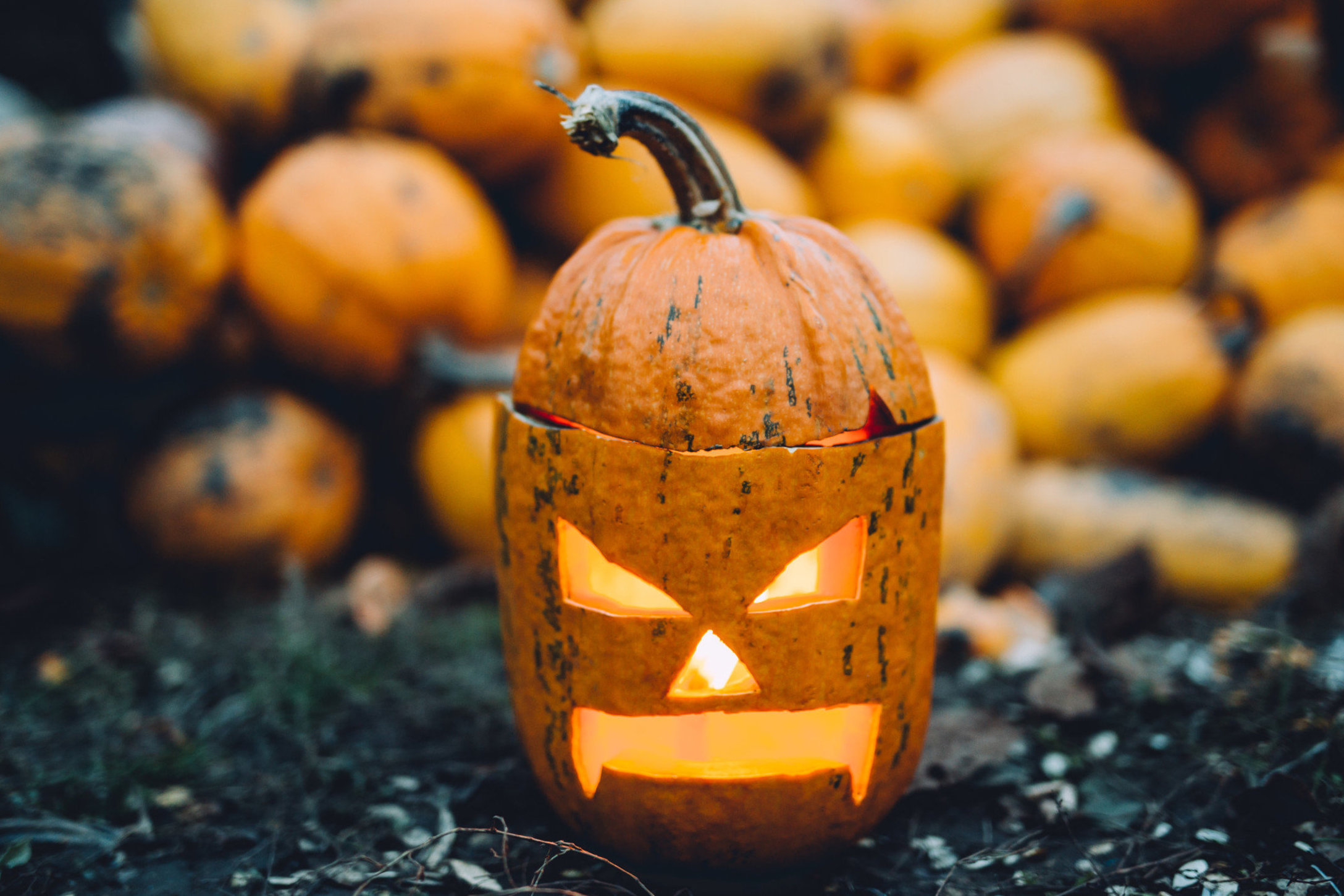
Halloween can be traced back to many religious traditions, including the Christian All Hallows' Eve and the Celtic celebration of Samhain, which was held for three days at the end of the harvest season, or Samhain, which means "summer's end." The festival would include large bonfires to cleanse the land and say farewell to the year's harvest while preparing for the cold winter months ahead.
Myth: Halloween Started as a Costume Contest
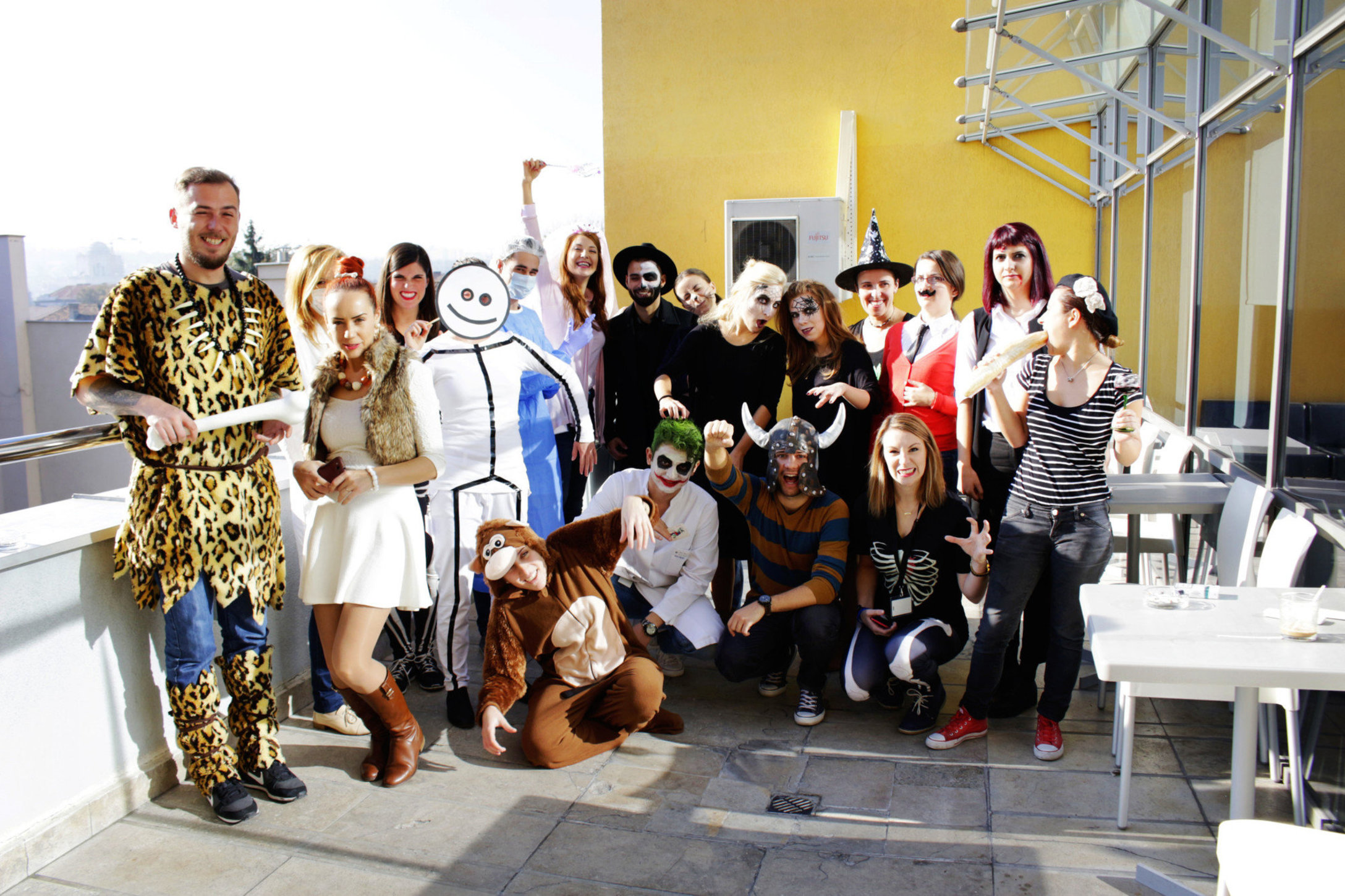
Given our cultural love of Halloween costumes, both for adults and kids it's easy to see where this rumor comes from. While we may love our cats, sexy nurses, Disney princesses, Marvel Superheros, and other fun costume ideas, but it's definitely a big myth that Halloween started as a costume contest
Fact: People Originally Started Wearing Costumes to Confuse the Spirits
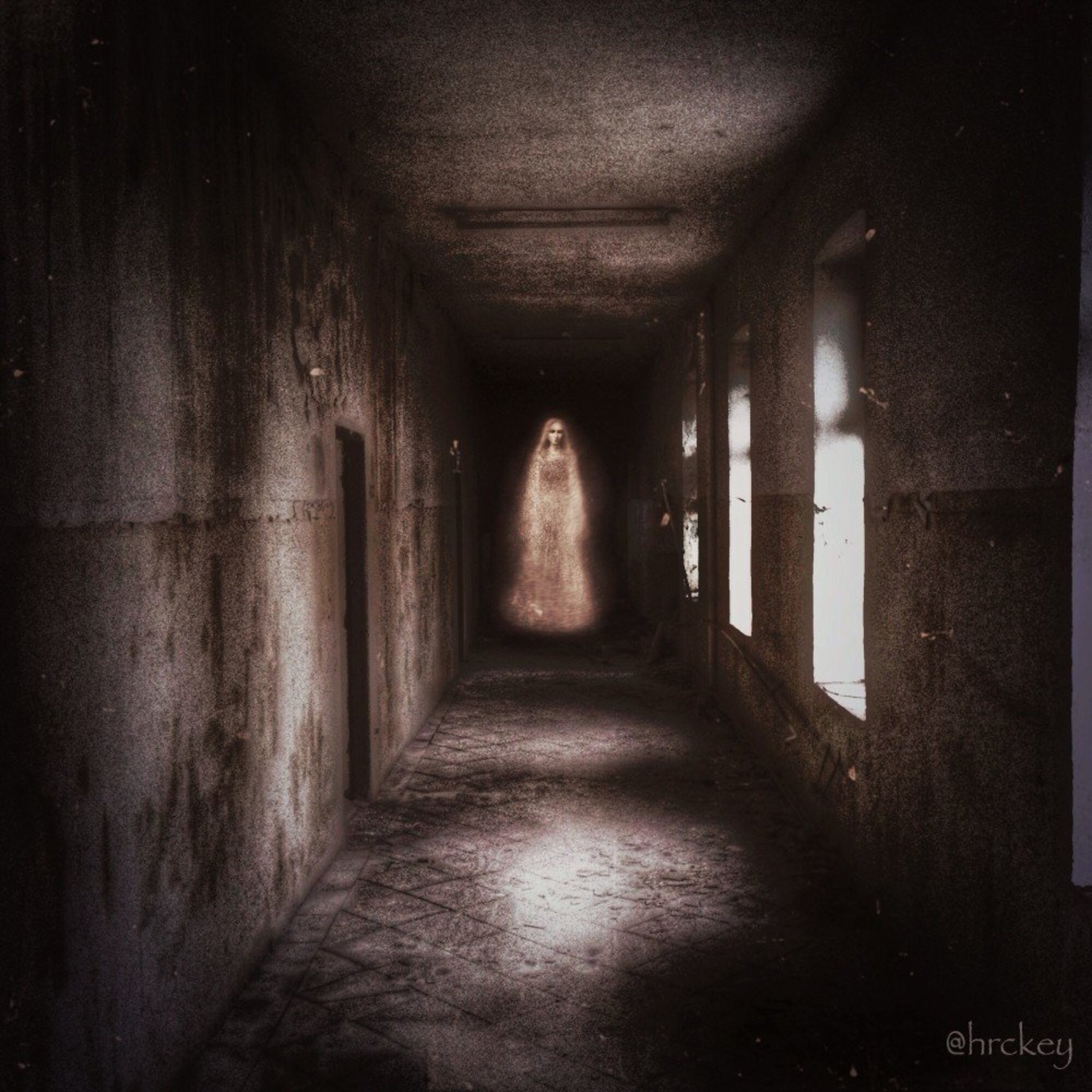
In some cultures, it was believed that the veil between our world and the spirit world was at its thinnest during Halloween. Because of this, people feared the presence of evil visiting them. To hide themselves from the spirits and have protection from them, they would dress up in disguises. The thought was that an evil spirit couldn't find a person if he was disguised as an evil spirit himself. This has since morphed into a day to flaunt any and all costumes, but the origin was about dressing up as a spirit, specifically, to gain some protection.
Myth: Halloween Is Only About the Scares

Given that Halloween is when scary movies are released and all the decor seems to feature skulls, skeletons, ghosts, and ghouls, the idea that Halloween is only about spooky and scary stuff is a totally reasonably misunderstanding — but it's not historically accurate.
Fact: All Hallows' Eve Was a Time To Pray for Lost Souls
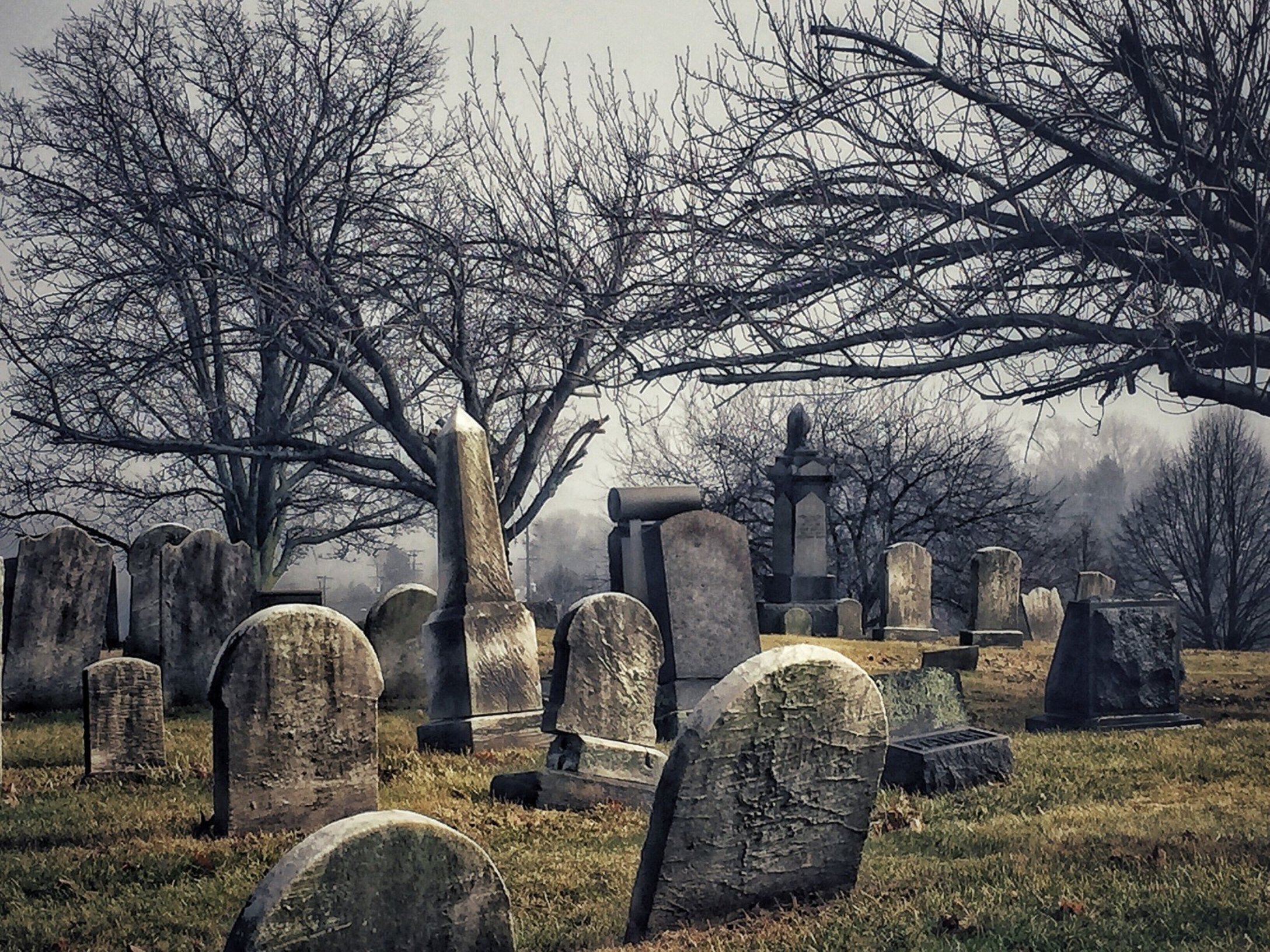
Halloween is also referred to as All Hallows' Eve and is celebrated as such in many cultures. Christians historically spent this evening in prayer for lost and departed souls, and the next day, All Saints' Day, was spent giving praise to all the saints celebrated in the Christian faith.
Myth: Halloween Has Always Featured Pumpkins
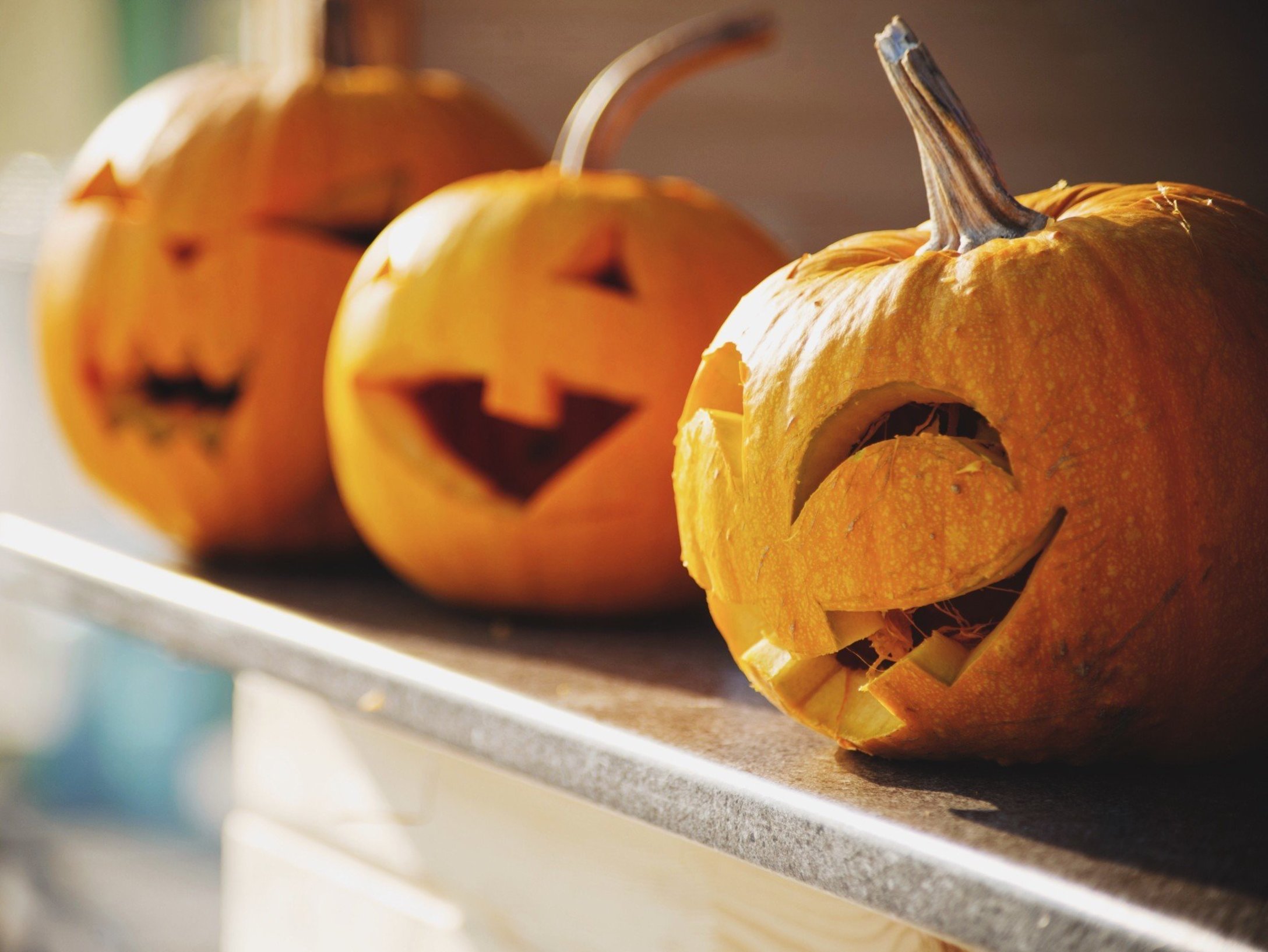
When we think about Halloween, a few images spring to mind: a black cat with its back arched, a witch with a huge flying on a broomstick before a full moon in the sky, a bag full of candy treats and carved jack-o'-lanterns dotting porches and stoops across the nation. But this wasn't always the case.
Fact: There Were No Jack-o'-Lanterns Until the Story of Stingy Jack
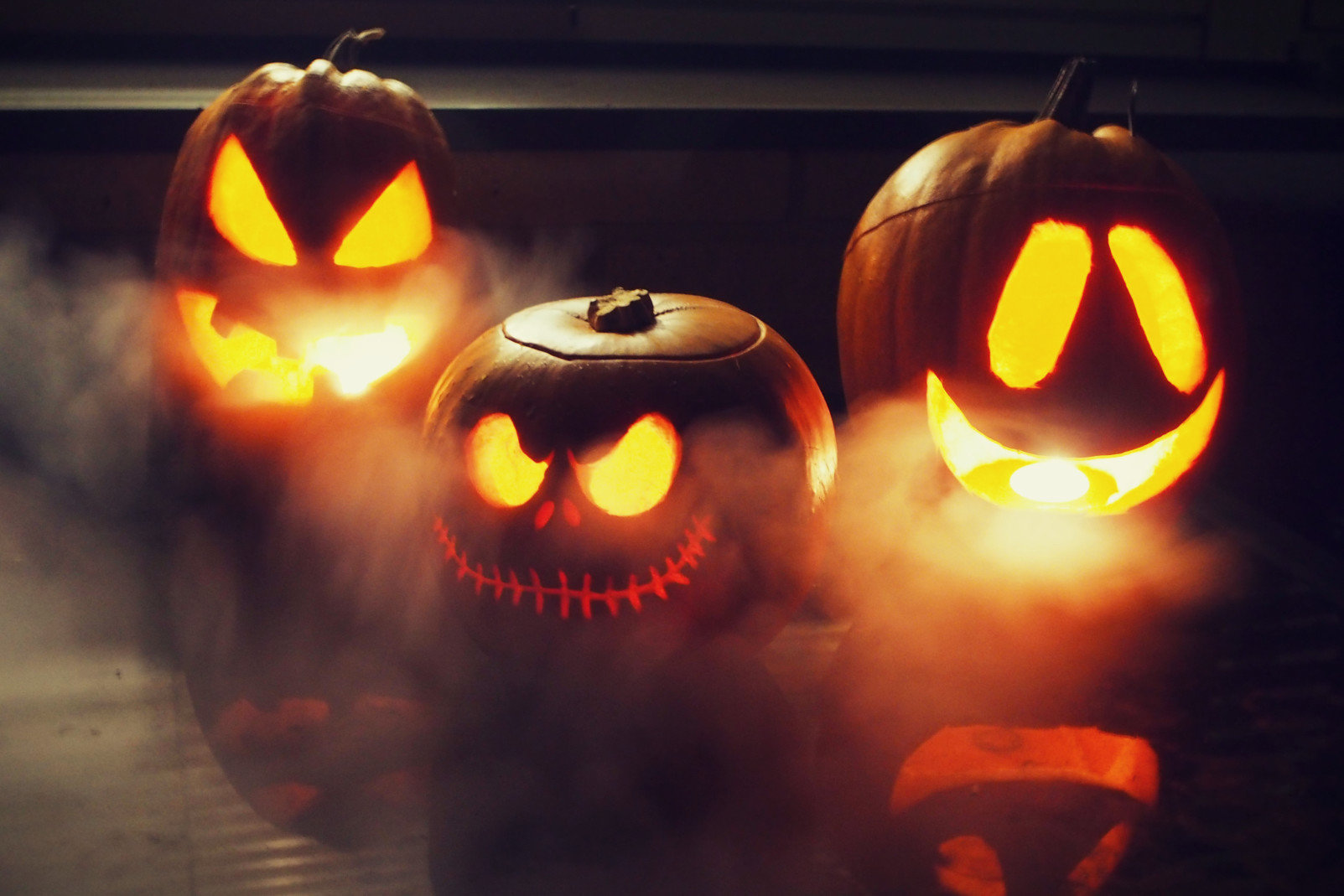
The story of Stingy Jack is where jack-o'-lanterns originated. The story goes that Jack tricked the devil and made a deal that he wouldn't claim Jack's soul when he died. However, God also rejected his soul when the time came. So, the devil turned Jack away at the gates of hell with a lump of coal to light his way. Jack placed it inside of a carved-out turnip and has been roaming the Earth with it ever since.
This story came to the US with the Irish immigrants who first came here in the 1800s. Their version was impeded by the lack of turnips in the New World, but they benefited from the abundance of pumpkins. The people instead started to carve up pumpkins in place of turnips, and so they became the version we are more familiar with today.
Unsurprisingly, children took this tradition and turned it into a prank. The story goes that they would wander through neighborhoods with their own versions of Jack's lantern and try to scare people into thinking they were really Jack. As they started to use pumpkins, the name changed to "jack-o'-lantern."
By the late 1800s, the tradition had been adopted by high society. Socialites hosting parties for Halloween started using jack-o'-lanterns as decorations. That twist on an old tale has stood the test of time, and it is still how we use pumpkins in today's version of Halloween.
Myth: Trick-or-Treating Originated With Kids Wanting Candy
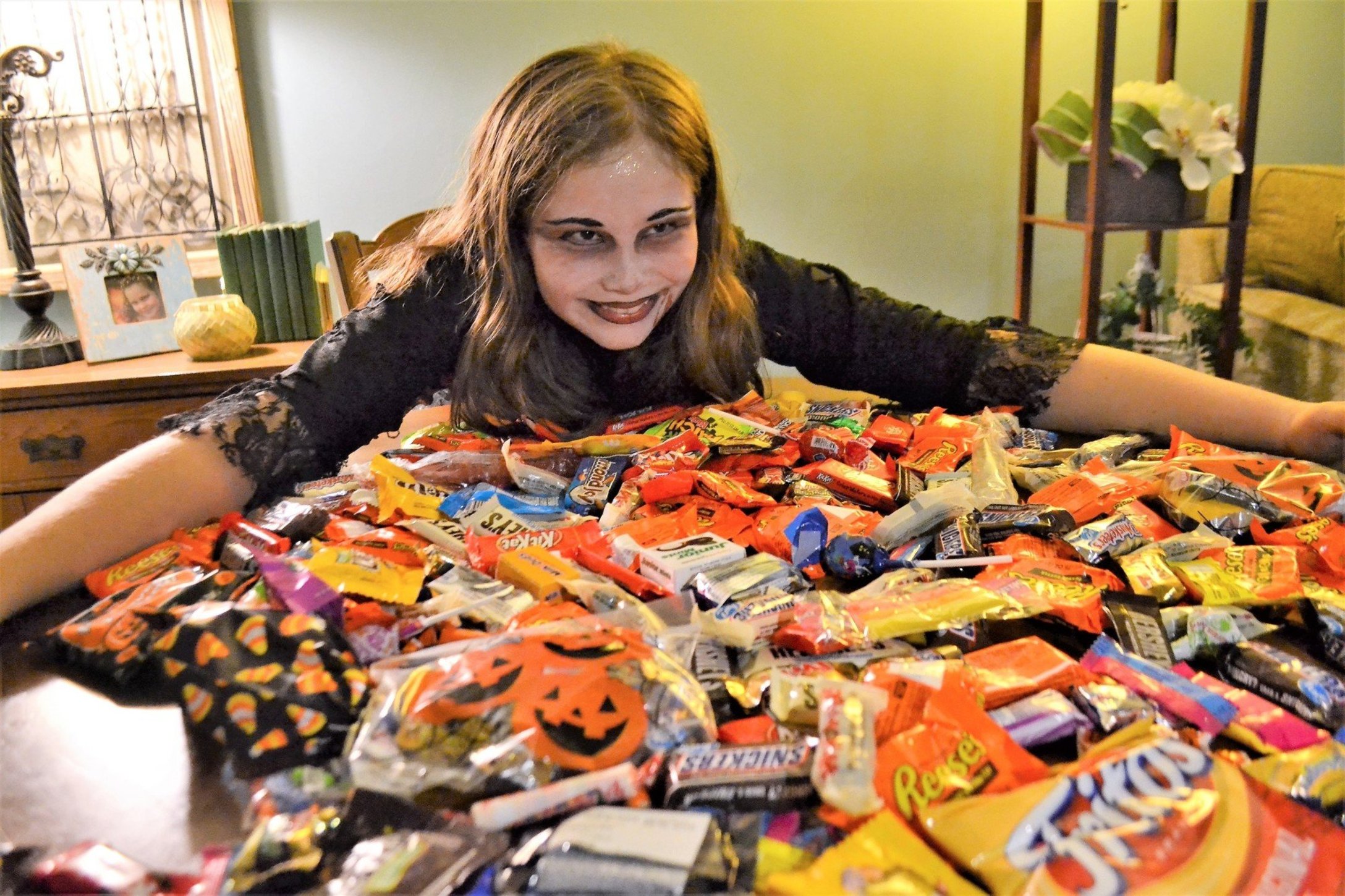
We could have sworn this one was true! Any parent who has seen the joy about getting the full-sized candy bar or the super full candy bucket would likely assume this was also the case. But while gathering candy from unsuspecting adults is a time-honored tradition, it's not the real origin of the holiday.
Fact: Originally, People Were Offering Prayers, Not Tricks
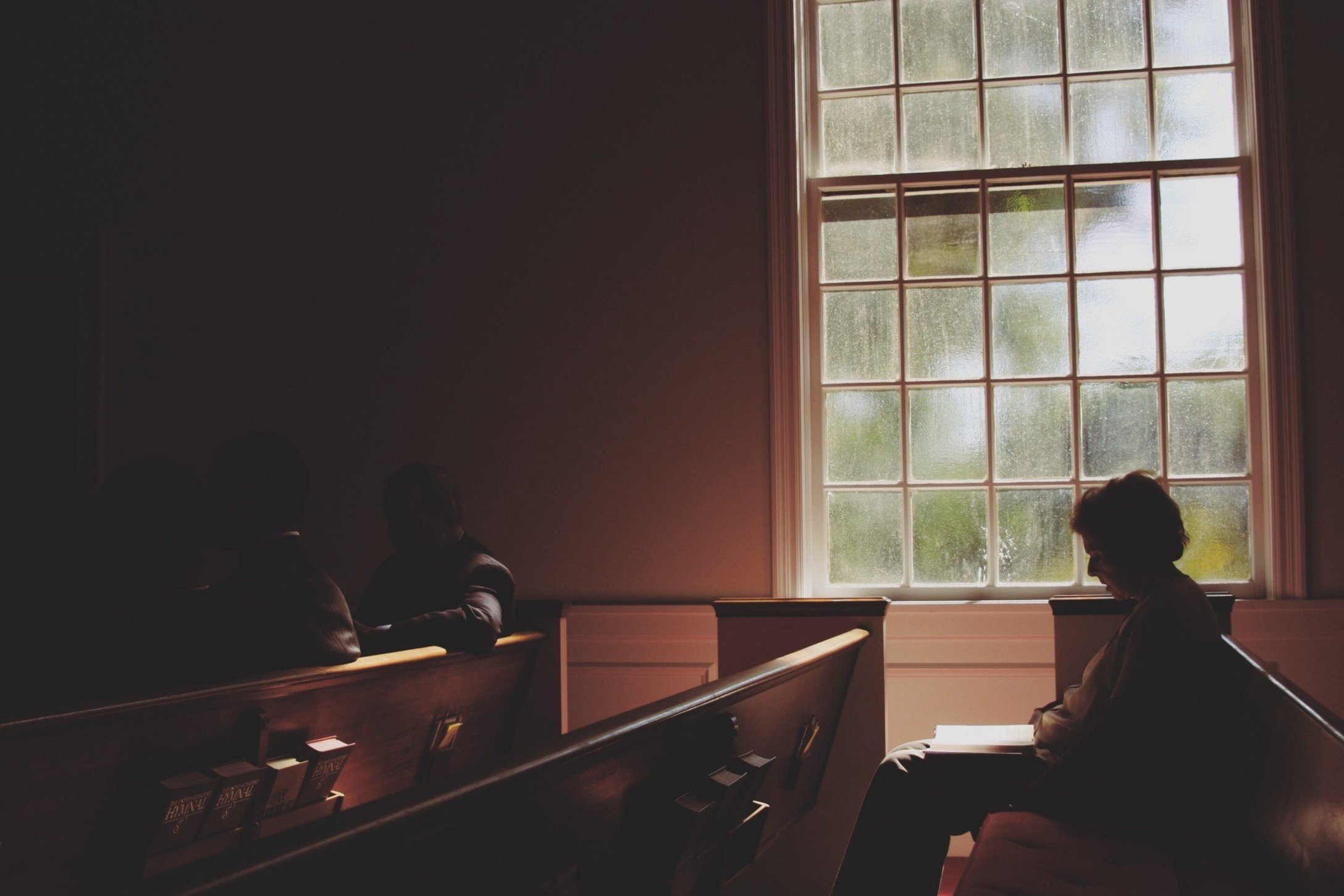
Trick-or-treating first started when beggars used to go door to door. They would say prayers for the dead in exchange for food. As time went on, this changed from prayers to performances. Poems and songs would be offered instead of prayers. Eventually, this tradition grew to include threats for food. By the time it crossed the seas to the US, the method of going door to door was now about tricks or treats.
Children took to the streets on the night of Halloween in disguise, demanding sweets or threatening to pull a prank if they did not receive anything. Their idea to wear disguises, aka "guising," most likely stemmed from the desire to hide from evil spirits, but there's always the possibility that they didn't want to get caught being bad and playing tricks. It's a strange variation of beggars simply asking for food, but that is, of course, how many traditions change throughout the years. So, now, we just stick out our hands and say, "Trick or treat!"
Myth: Witches Adopt Black Cats Around Halloween To Torture Them

The belief has been so widespread that many shelters keep their black cats (and black rabbits, sometimes) in a separate area until after the Halloween season has ended, to protect them. And while all shelter animals need lots of love and protection, this particular myth is more than a little overblown.
Fact: Witches Are Really Kind To All Animals, Especially Cats
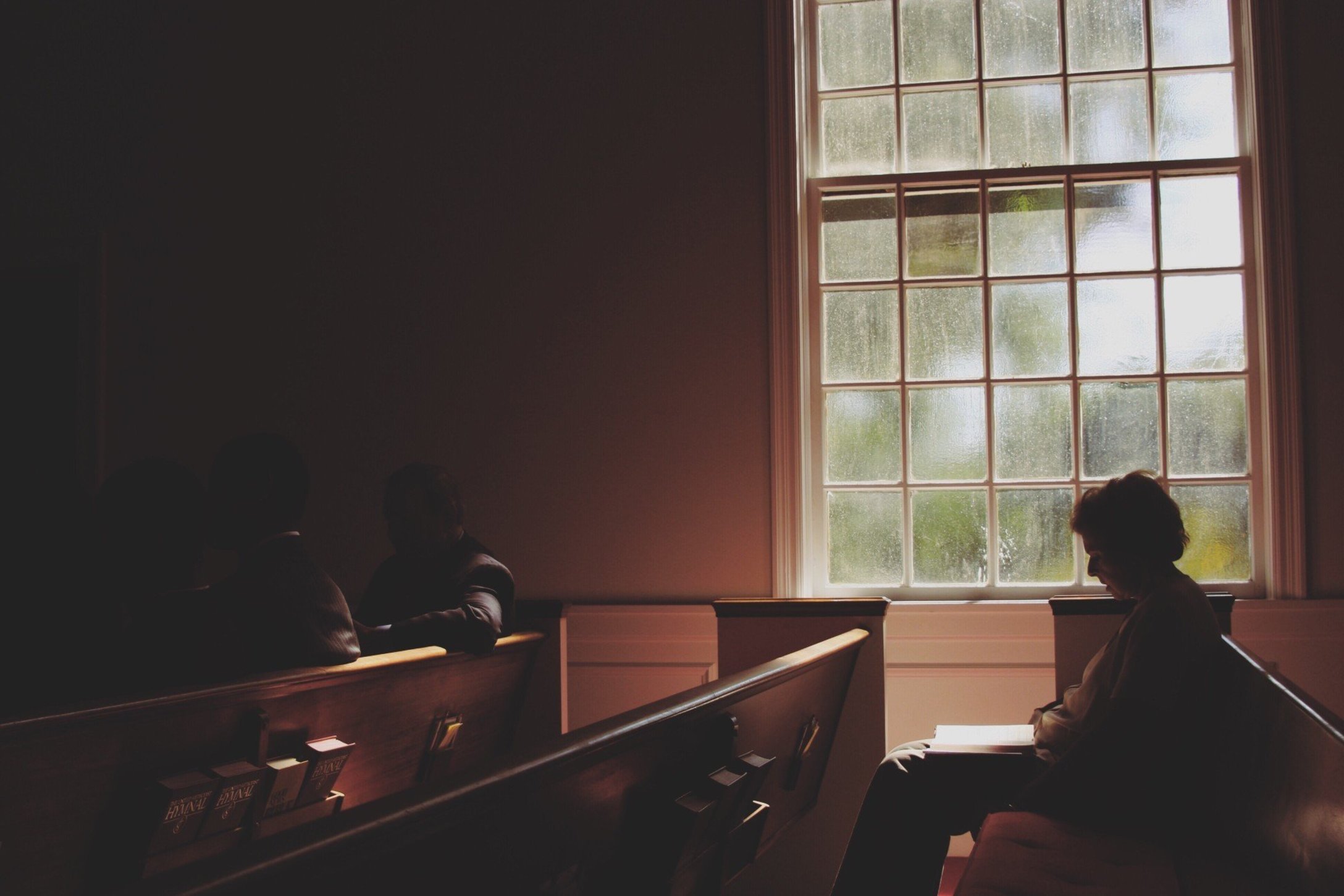
The religion of Wicca is a peaceful one. It's nature-based, with a lot of respect for all the creatures of the Earth — witches are definitely not ritualistically harming cats on Halloween or any other day. The ASPCA recognizes that while animals are frequently the subject of far too much cruelty and need our help and protection, adoption counseling systems are good at screening out people with bad intentions, and there isn't an uptick of black cat harm around this holidays.
Myth: 'The Legend of Sleepy Hollow' Is the Ultimate Halloween Story
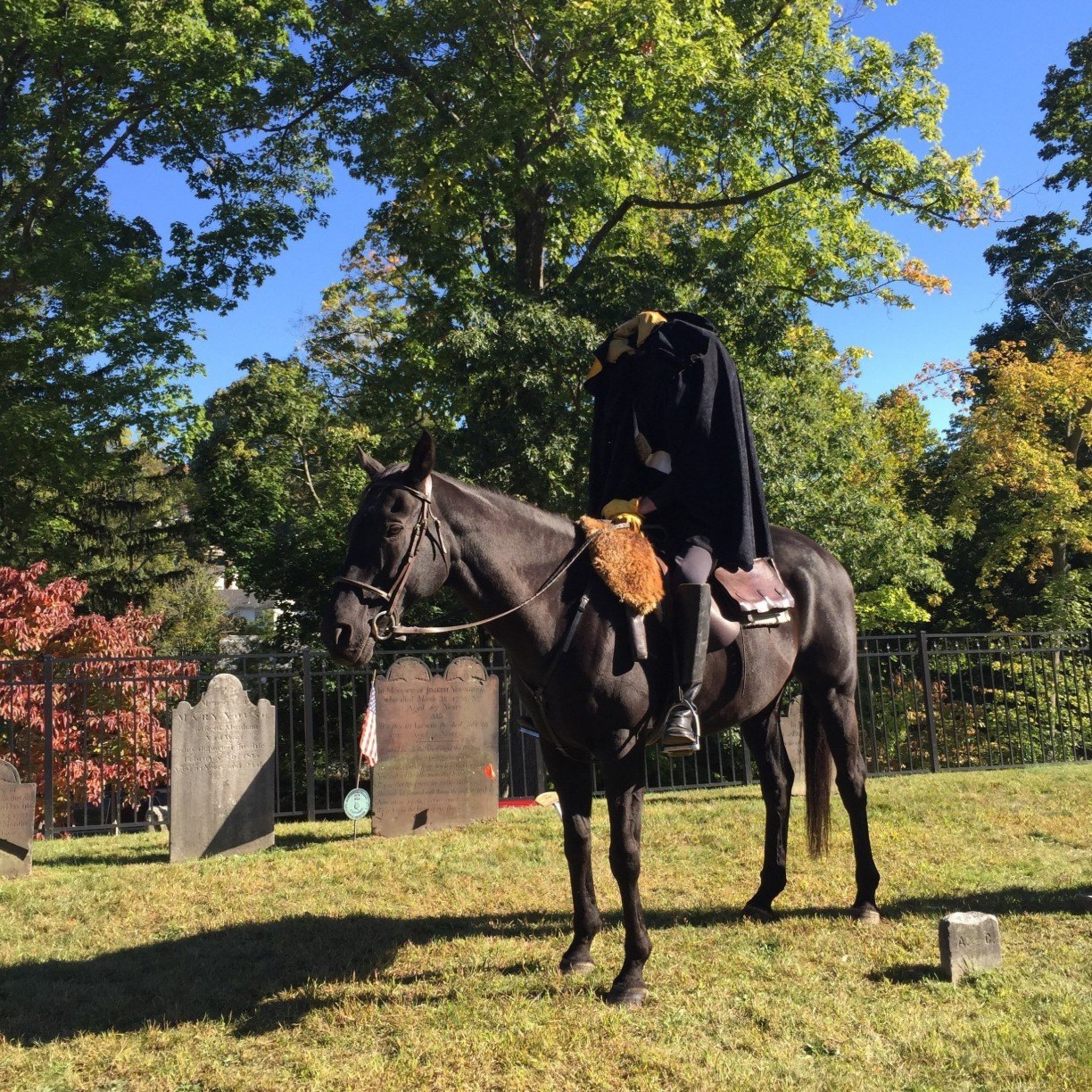
The truth is, there are few places in the US worth visiting on Halloween more than Sleepy Hollow, New York. The whole town gets so into the spirit of the event, with parades, live music, haunted hayrides, haunted mansions … it's pretty epic. But that doesn't mean Sleepy Hollow is actually a Halloween tale.
Fact: 'The Legend Of Sleepy Hollow' Isn't Really Set During Halloween

In John Irving's classic gothic story, The Legend of Sleepy Hollow, is a short story first published as part of a collection in 1820. It's a great story and totally one worth sharing with the kids around this spooky holiday, but Halloween is never actually mentioned in the tale itself.
Myth: Trick or Treating Always Happens on October 31
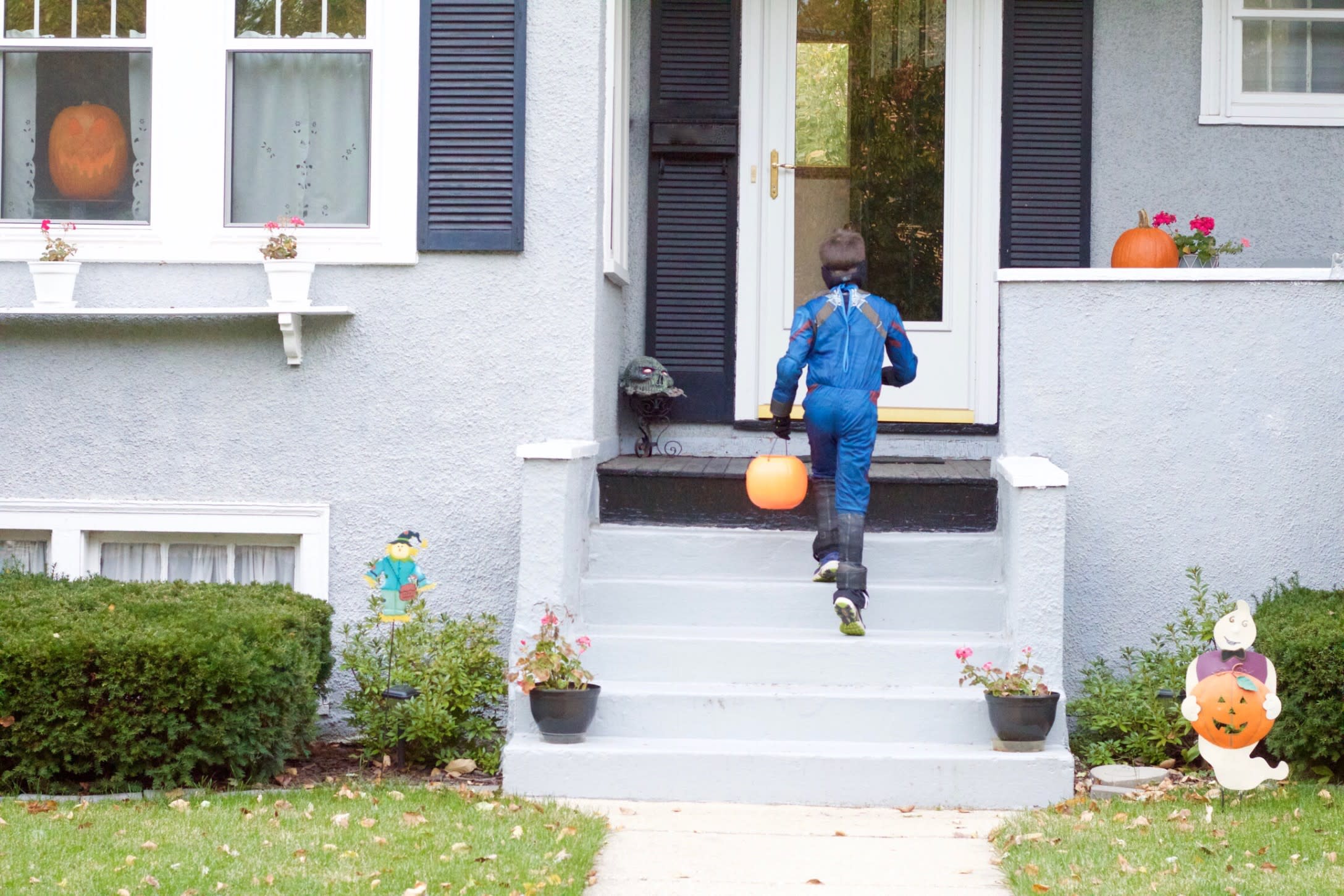
We all know that Halloween is always on October 31, which means that trick-or-treating is always on that day too, right? Well, yes and no! While most places in the US do have trick-or-treating on October 31, there are a few places where trick-or-treating never happens on that day. Confused? You must not be from Iowa!
Fact: Beggars Night Is a Thing
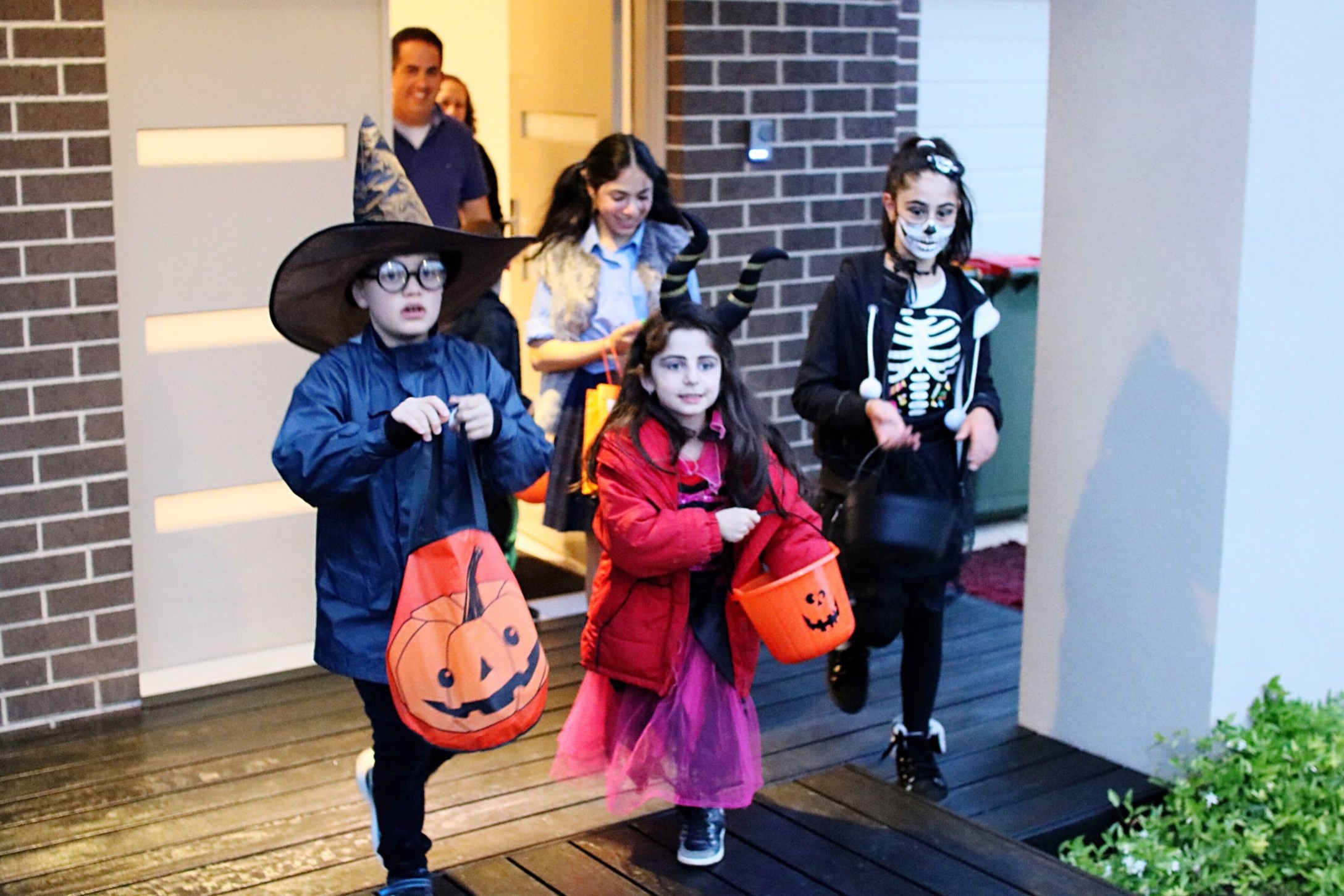
For families in some parts of New York, Iowa, Ohio, Vermont, and New Hampshire, Halloween is Halloween, but trick-or-treating is done on “Beggars Night” instead. Beggars Night is usually on October 29 or 30 (although the date can vary by location and what day Halloween falls on), and was originally designed to be a safer alternative for younger children.
Myth: Halloween Is a Uniquely American Holiday
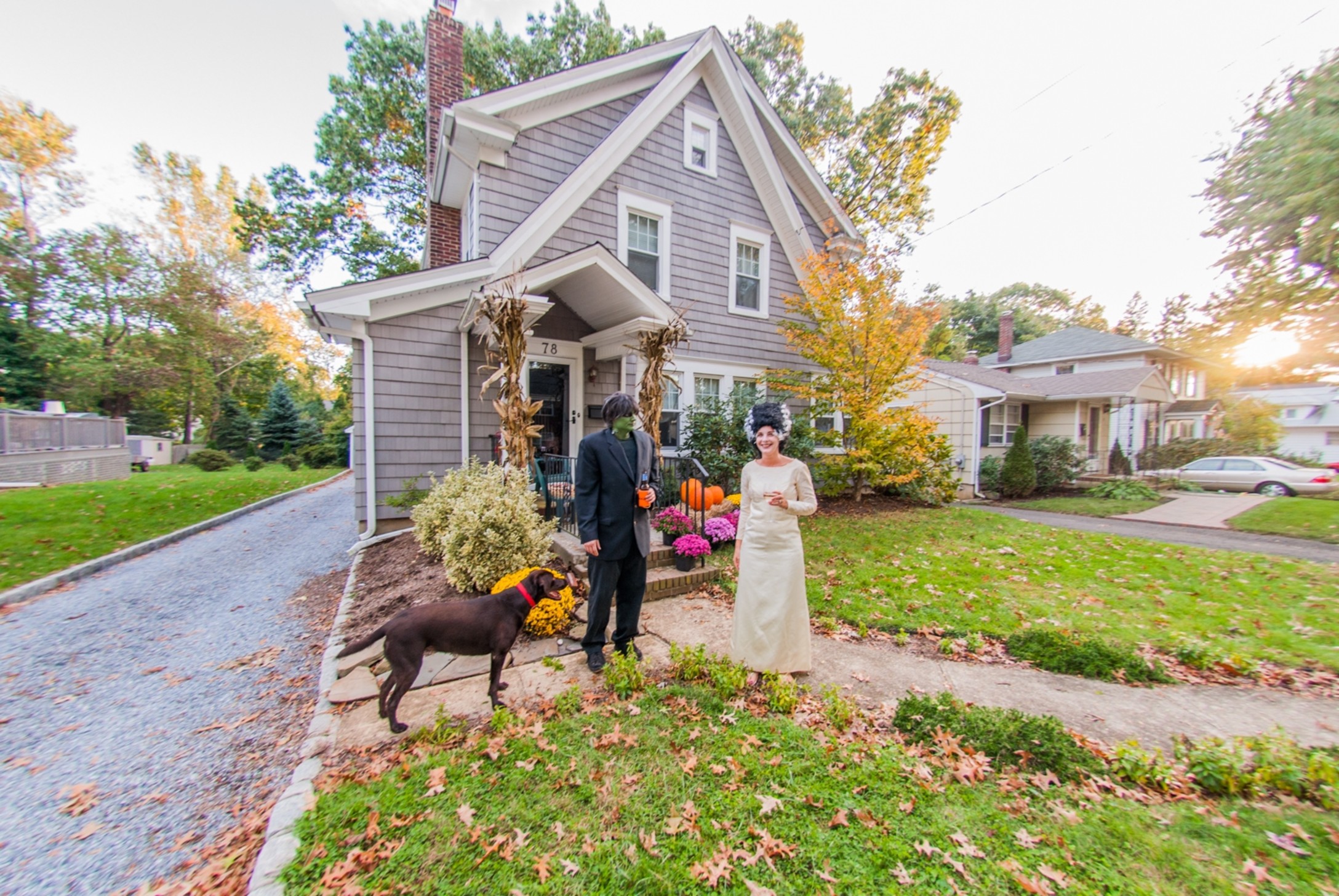
Is Halloween as American as apple pie? Or is it actually a global event? While the US may be the country most associated with Halloween and celebrations like trick-or-treating, we are far from being the only country that marks the night before All Hollows Eve as a special night.
Fact: Halloween Is Becoming a Global Event
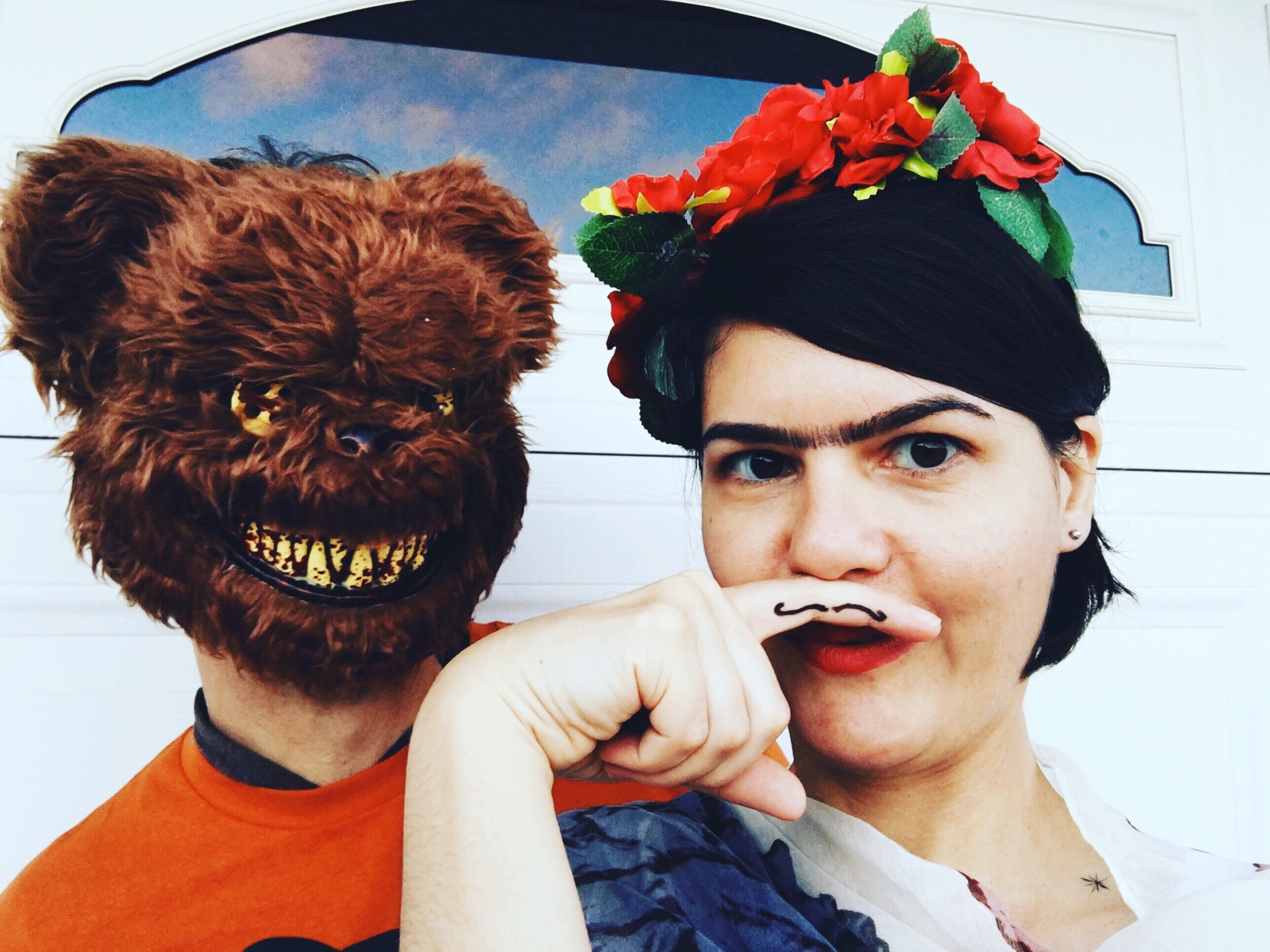
Halloween is celebrated in several other countries, including the United Kingdom, Canada, parts of Mexico, and some parts of Europe. Given the large cultural influence that the US has, and the growing power of social media, dressing up for Halloween is becoming increasingly common worldwide. The US still holds the lead on Halloween candy sales though!
